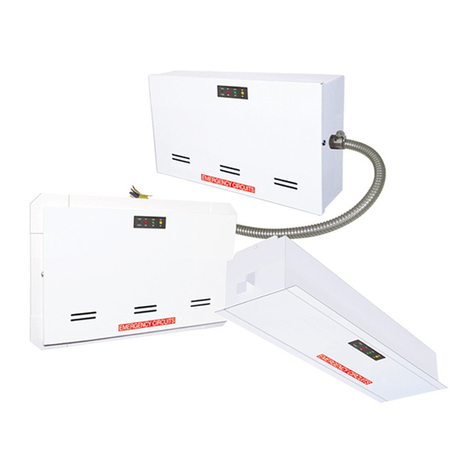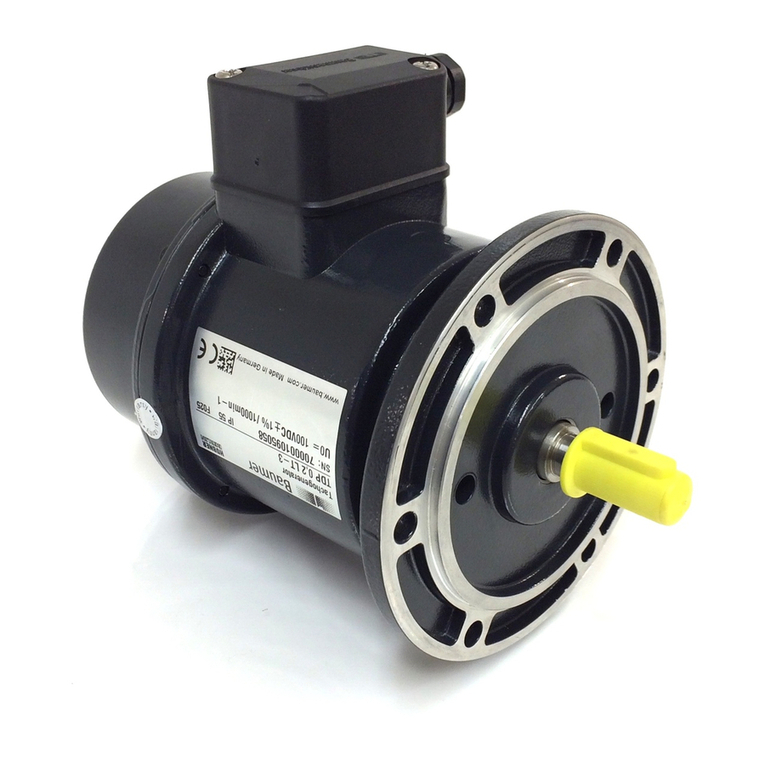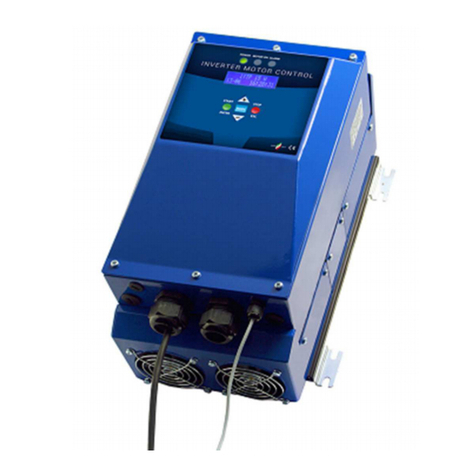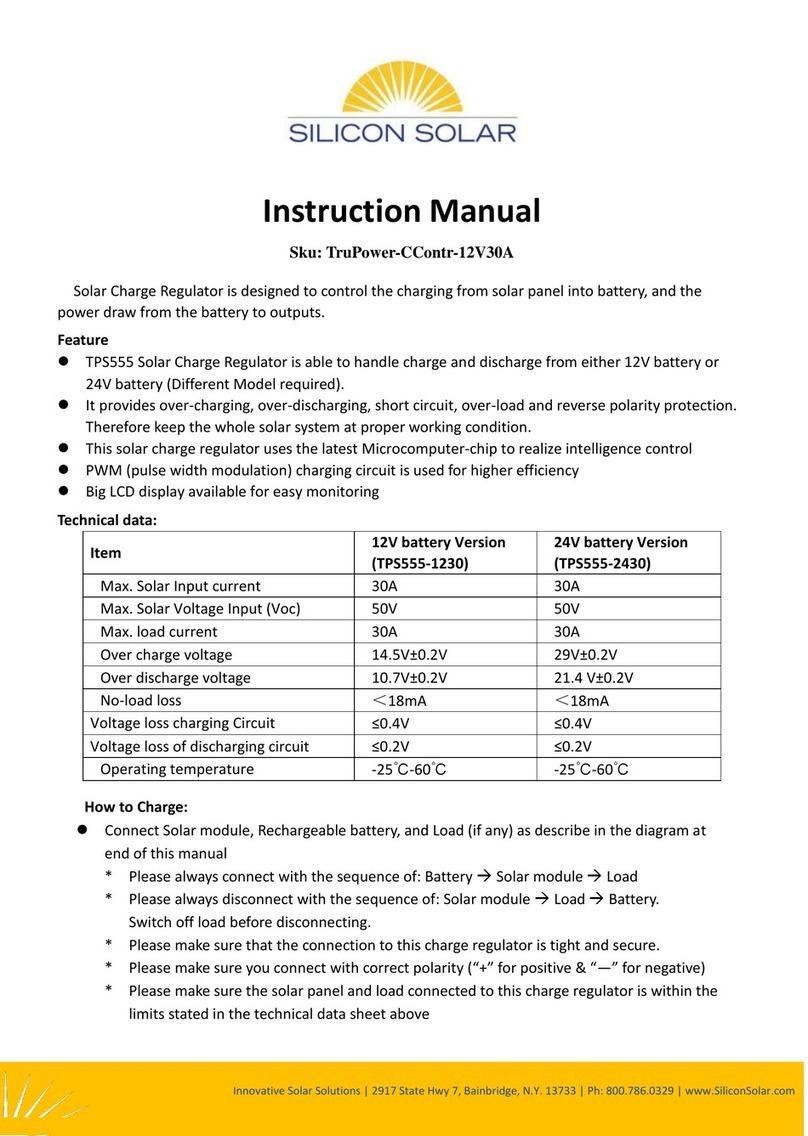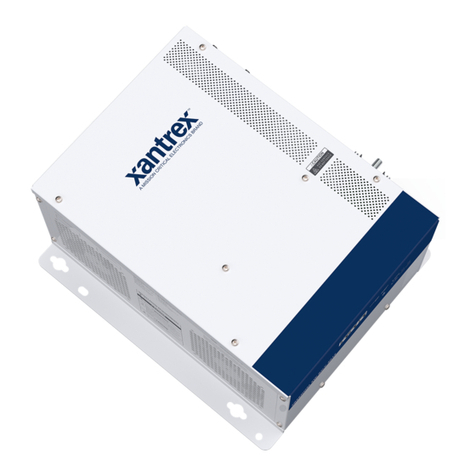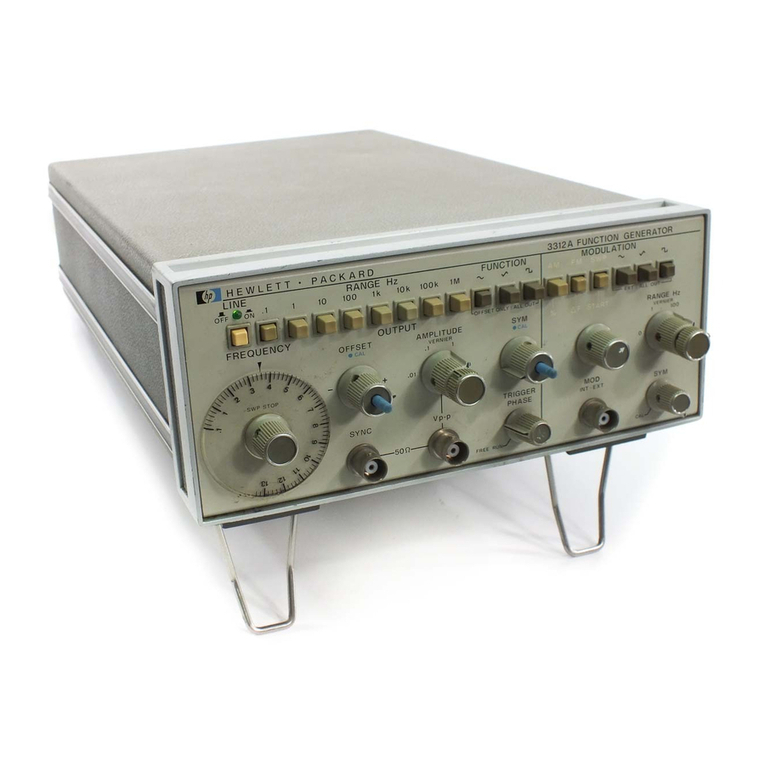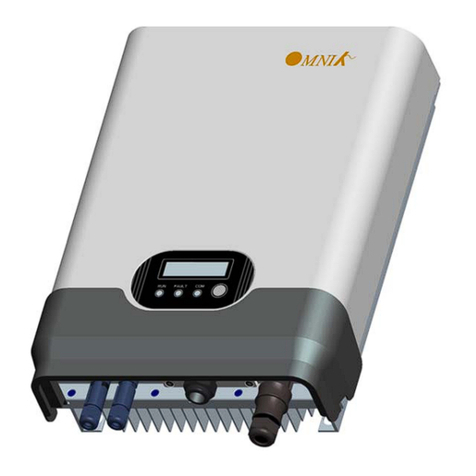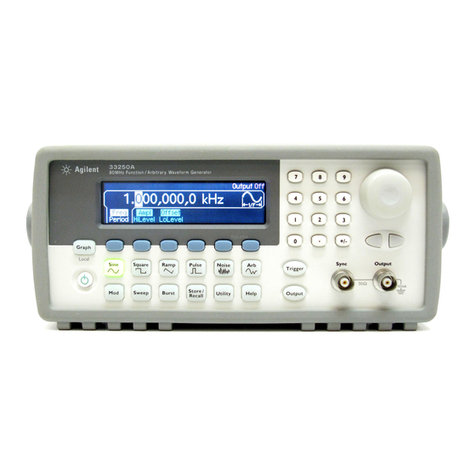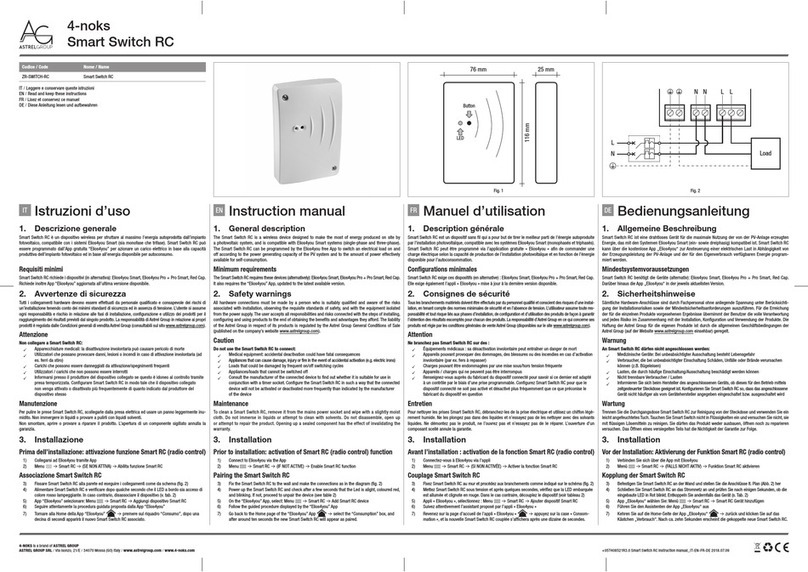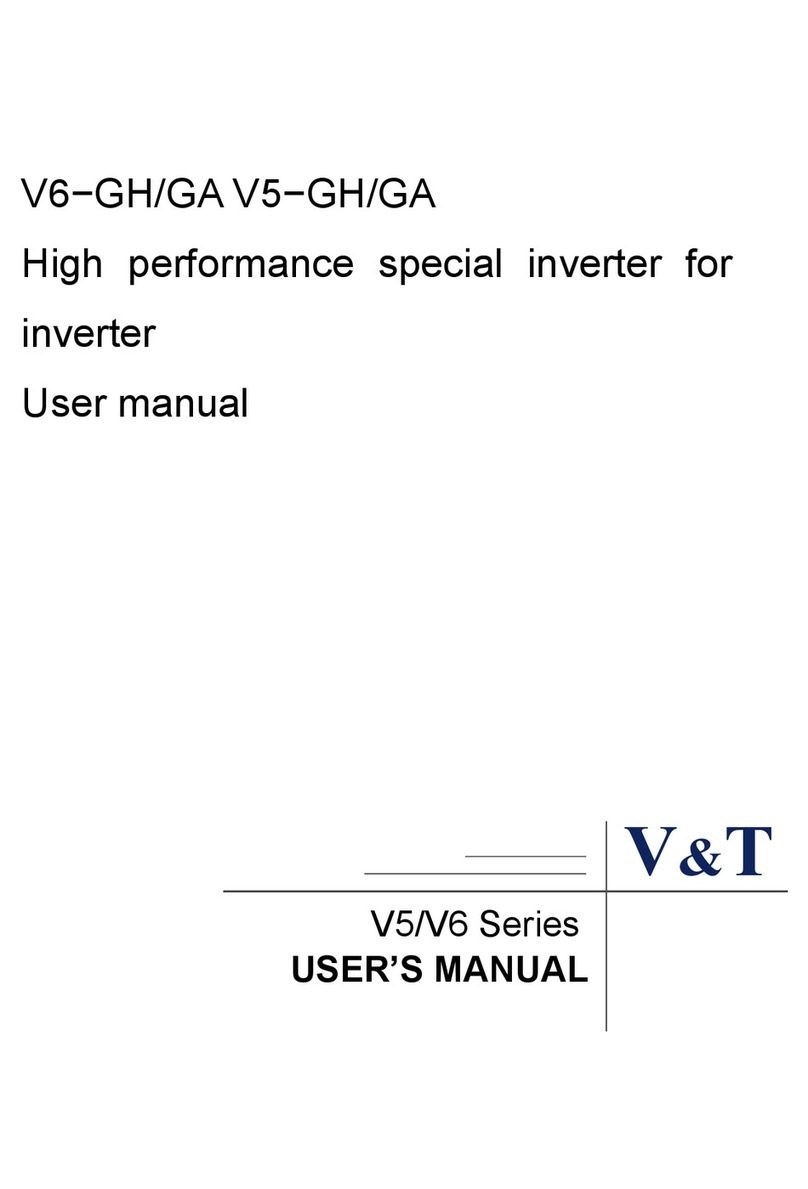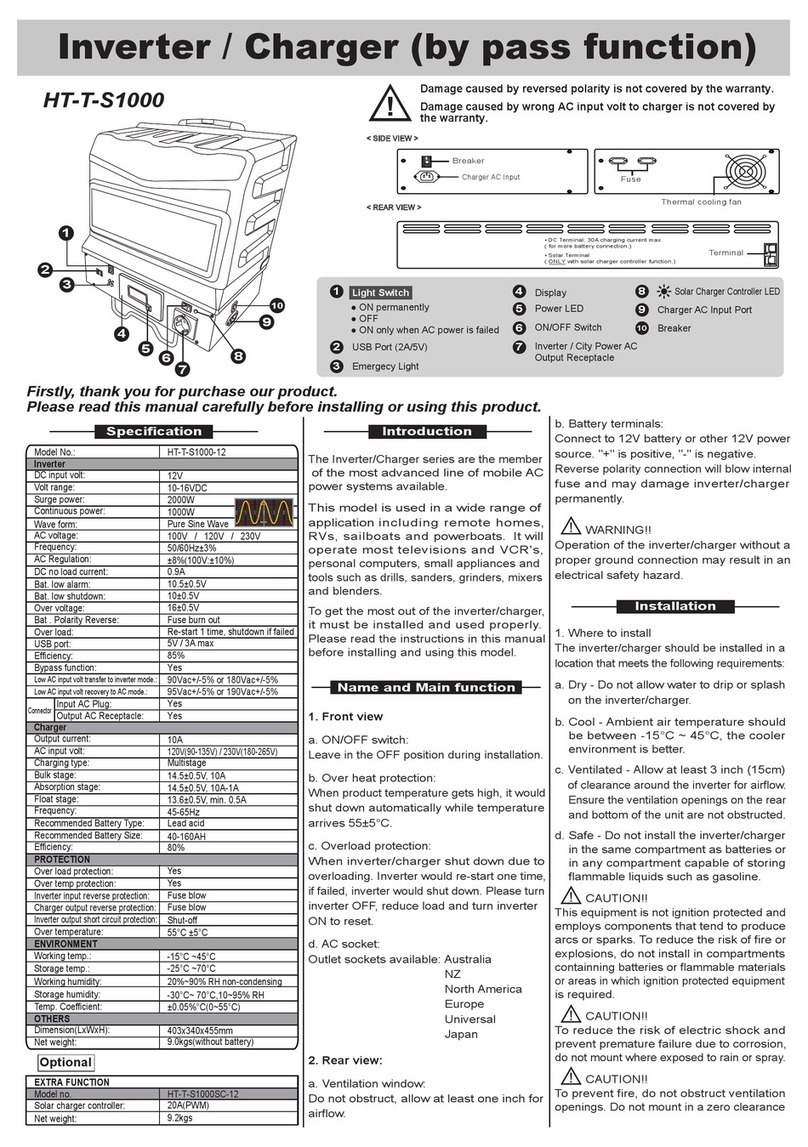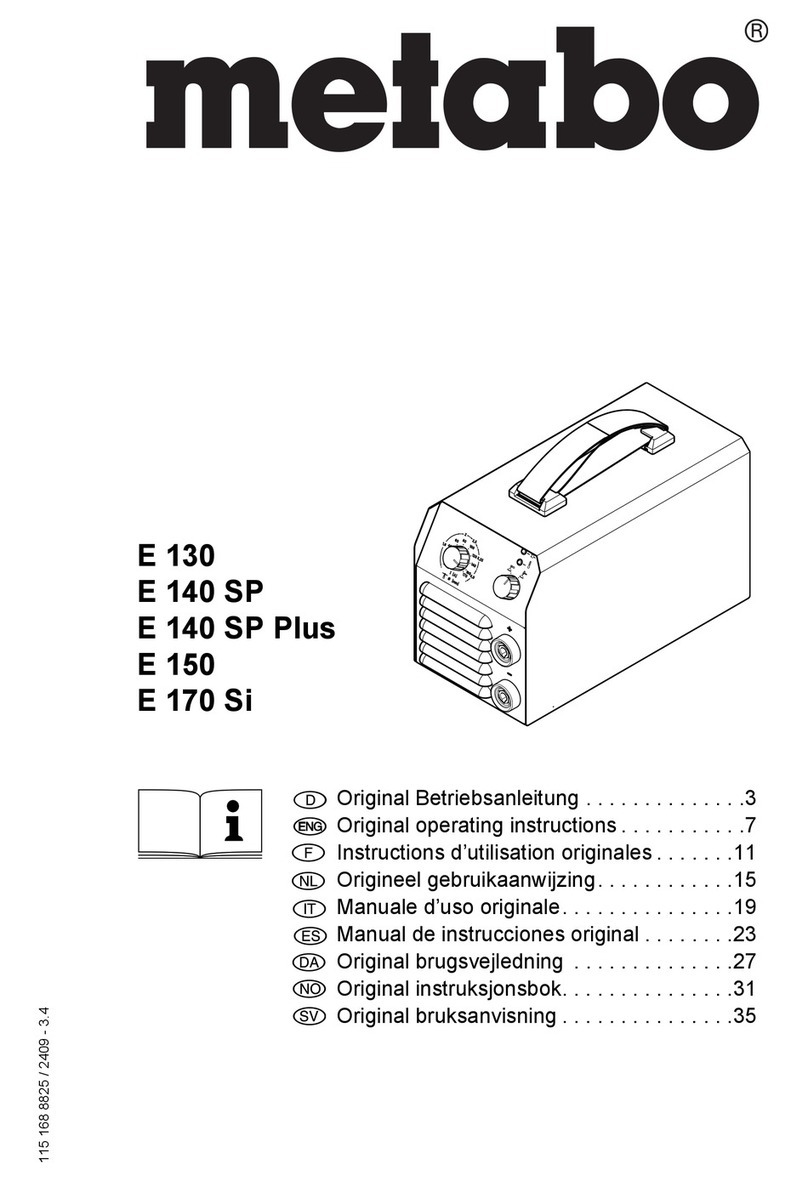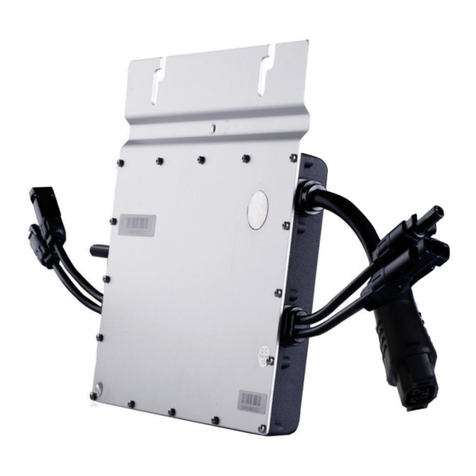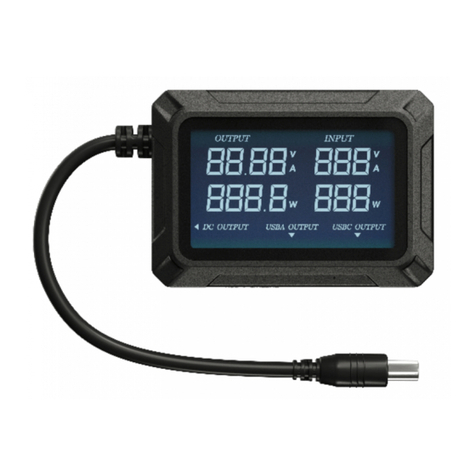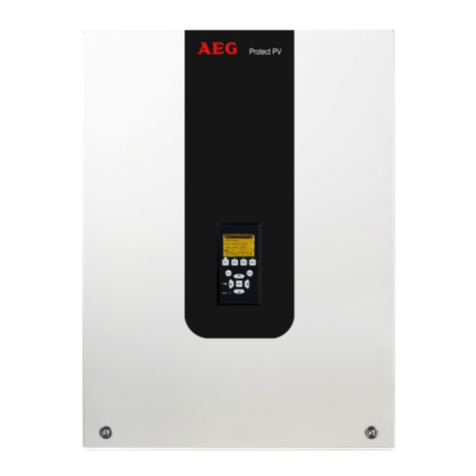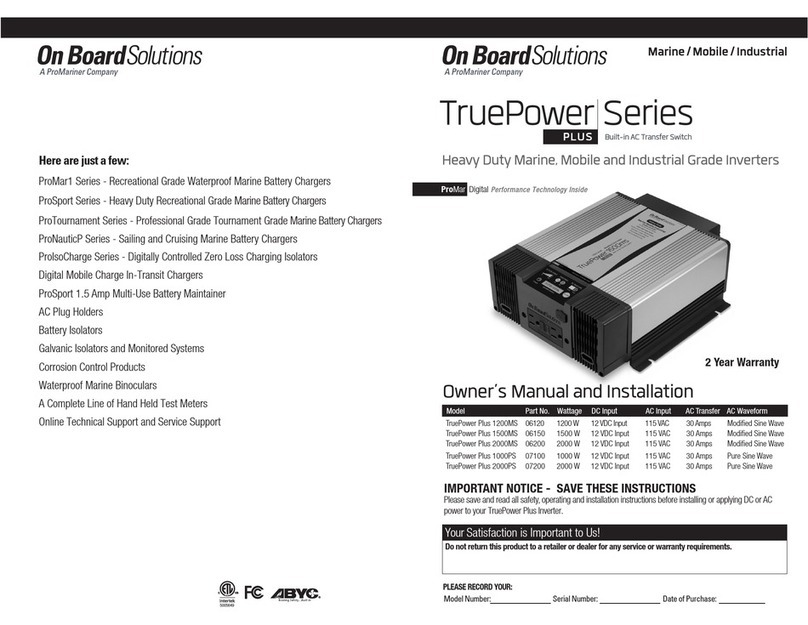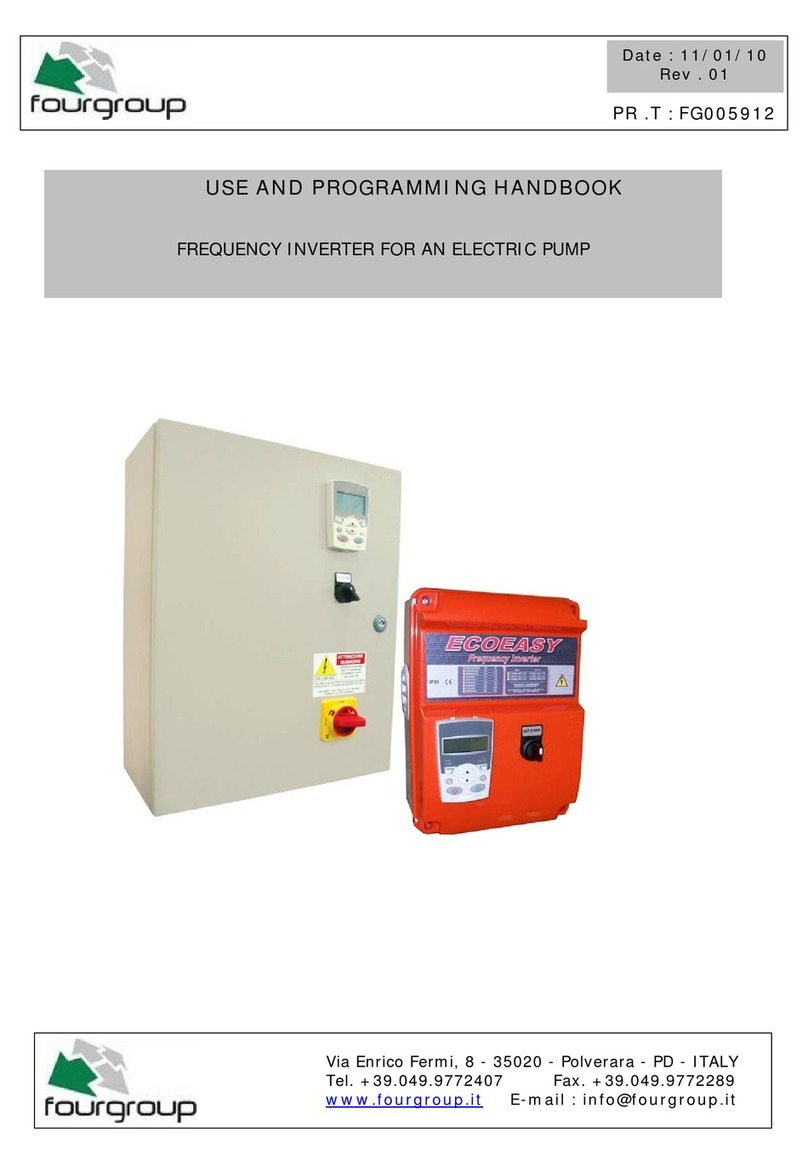
Operating manual 810353-BALDE-150220 Version 20.02.2015 Page 2 of 36
Contents
1. PRODUCT AND MANUFACTURER ..................................................................................3
1.1. PRODUCT IDENTIFICATION ............................................................................................3
1.2. DESIGNATION...................................................................................................................3
1.3. WARRANTY.......................................................................................................................3
1.4. MANUFACTURER .............................................................................................................3
2. GUIDE TO THIS OPERATING MANUAL...........................................................................4
2.1. TARGET GROUP...............................................................................................................4
2.2. ACCESSIBILITY TO THE OPERATING MANUAL / STORING ........................................4
2.1. PICTOGRAMS / SYMBOLS USED....................................................................................4
3. INTENDED USE..................................................................................................................5
3.1. USE....................................................................................................................................5
3.2. FURTHER REQUIREMENTS FOR THE SURROUNDING SYSTEM ................................6
4. INSTALLATION INSTRUCTIONS......................................................................................7
4.1. STRUCTURE......................................................................................................................7
4.2. MOUNTING........................................................................................................................8
4.3. FASTENING DIMENSION SHEET.....................................................................................9
4.4. ELECTRICAL INSTALLATION / PIN ASSIGNMENTS.................................................... 10
5. NORMAL OPERATION ....................................................................................................13
5.1. SAFE SWITCHING OFF OF THE HIGH-VOLTAGE BEFORE ACCESS ........................13
6. MAINTENANCE AND REPAIR.........................................................................................14
7. STRUCTURE AND FUNCTION DESCRIPTION...............................................................15
7.1. GENERAL INFORMATION..............................................................................................15
7.2. SAFETY CONCEPT.........................................................................................................15
7.3. DESCRIPTION OF THE SAFETY FEEDBACK............................................................... 16
7.4. BLOCK DIAGRAM...........................................................................................................20
7.5. TECHNICAL DATA..........................................................................................................20
8. START UP OF THE CANOPEN INTERFACE..................................................................21
8.1. FIRST SETTING OF THE NODE ID AND BAUD RATE..................................................21
8.2. CHANGING THE NODE ID AND/OR BAUD RATE.........................................................24
9. DESCRIPTION OF THE CANOPEN INTERFACE ...........................................................24
9.1. THE CONTROL WORD ...................................................................................................24
9.2. THE STATUS WORD.......................................................................................................25
9.3. OUTPUT FROM MESSAGES AND WARNINGS.............................................................26
9.4. ACKNOWLEDGING A MESSAGE ..................................................................................27
9.5. DESCRIPTION OF THE CONTROL BITS .......................................................................28
9.6. DESCRIPTION OF THE STATUS BITS...........................................................................29
9.7. SETTINGS VIA SDOS......................................................................................................32
9.8. ELECTRONIC DESCRIPTION OF THE INTERFACE .....................................................33
9.9. OVERVIEW OF CONTROL AND STATUS WORD .........................................................34
9.10. OBJECT DIRECTORY...................................................................................................35
10. DECLARATION OF CONFORMITY .................................................................................36
